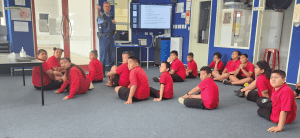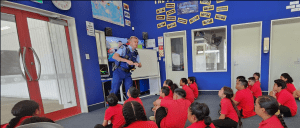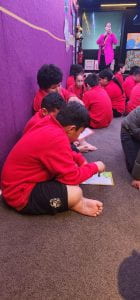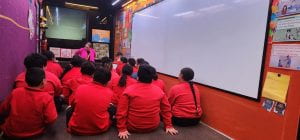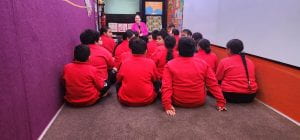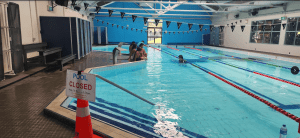
Our Year 5 students were fortunate to receive a week of free swimming lessons focused on water safety and awareness. They had a fun and engaging learning experience, gaining valuable knowledge and skills to navigate water safely.
Key learning outcomes from the lessons included:
Safe Entry and Exit: Students learned how to safely get in/out multiple ways, to test for depth, use slide entry, stride entry, and compact jump. They also learned safe exit techniques.
Submersion Comfort: Students got comfortable being submerged in water, controlled their breathing underwater, and performed simple tasks like retrieving objects from the pool floor. These skills enhance their underwater confidence and safety.
Personal Buoyancy: Students gained an understanding of how their body composition affects buoyancy and how to adjust their body positioning to float effectively in various positions. This knowledge is crucial for maintaining buoyancy and staying safe in different water depths.
Emergency Response: Students learned to recognise water emergencies, signal for help, and perform reach and throw rescues while prioritising their own safety. They also gained insights into assisting others in distress.
Overall, the swimming lessons empowered students with the knowledge and skills necessary to enjoy water activities safely and responsibly. By instilling water safety awareness, these lessons aim to prevent water-related accidents and promote lifelong aquatic enjoyment.
Reference: waterskills

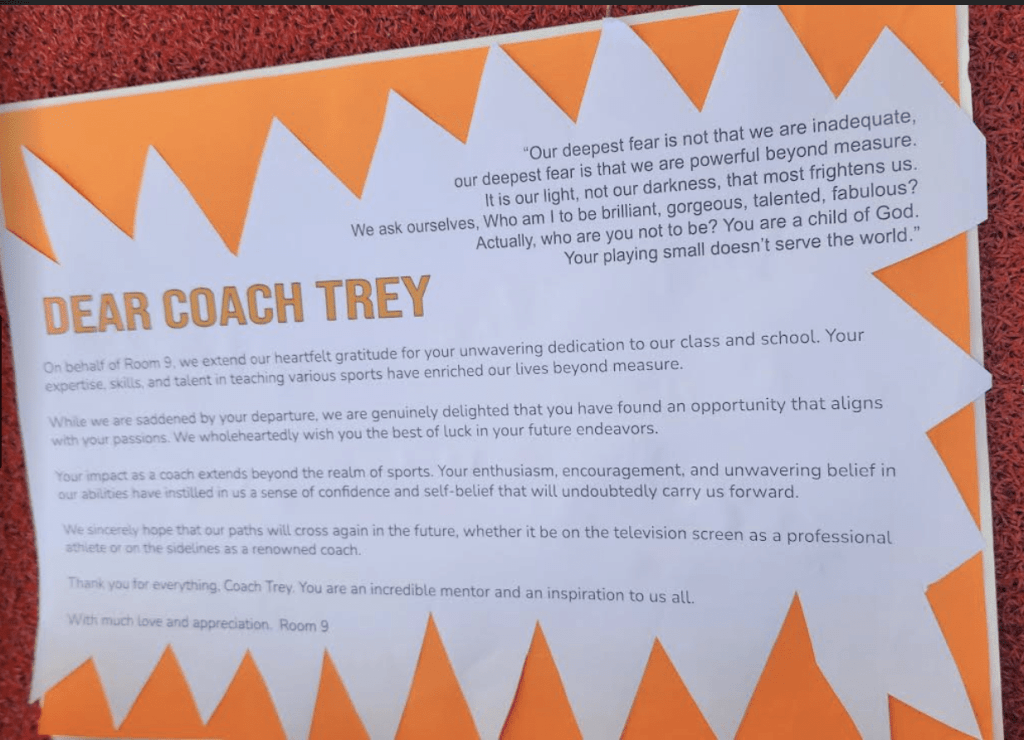
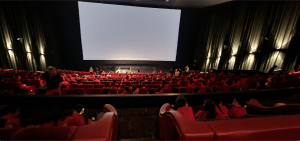 It’s time for the Manaiakalani Film Festival 2023!
It’s time for the Manaiakalani Film Festival 2023!